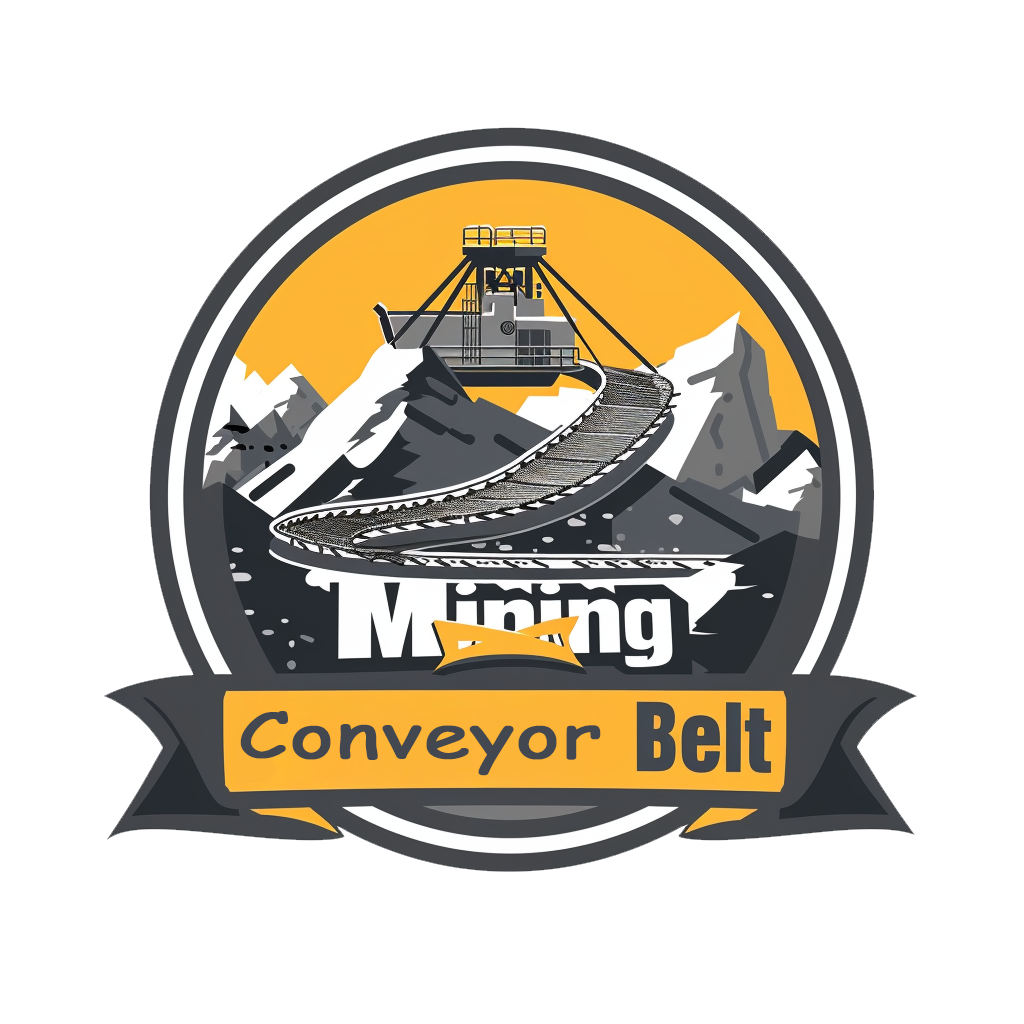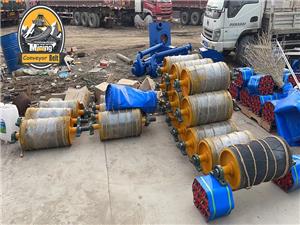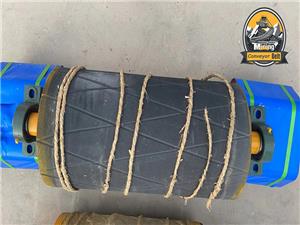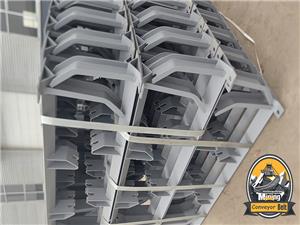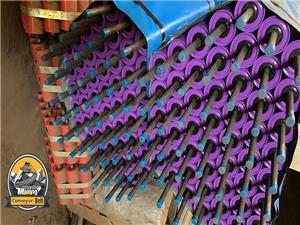Which is better, a skirt conveyor belt or a patterned conveyor belt?
There are two major categories of climbing belts. One is to perform various processing on the conveyor belt, including skirt conveyor belts, sidewall conveyor belts, and baffle conveyor belts. The second category is patterned conveyor belts, which are to add various patterns on the surface of the conveyor belt to achieve the effect of non-slip climbing conveying, which is suitable for conveying on a small slope. Please see below for details.
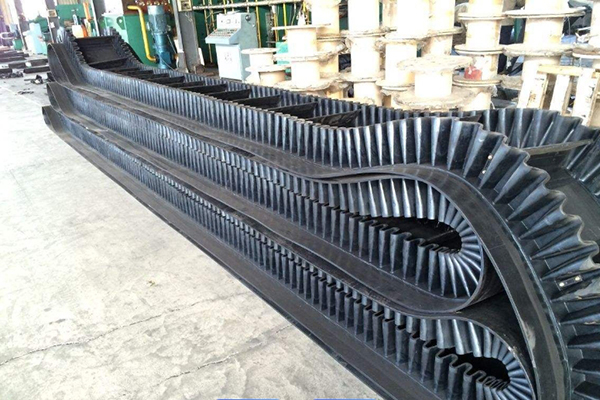
These three types of conveyor belts all belong to the category of special processing. Skirt conveying means sidewall conveyor belts, but they are called differently. Baffle conveyor belts are to add partitions on the surface of the conveyor belt, also called partition conveyor belts and block conveyor belts. We call them baffle conveyor belts in the industry. They are common products in climbing belts. They use baffles as carriers to transport objects upward. They can transport products with large slopes and are well received.
Skirt conveyor belts and sidewall conveyor belts are a kind of processing that adds sidewalls on both sides of the conveyor belt. In order to prevent the product from leaking outward in the case of climbing conveyor belts, they are often called anti-side leakage conveyor belts in the market.
Patterned conveyor belts are widely used. They are characterized by high friction, which can effectively prevent products from slipping and increase friction. They are also widely used in climbing belts and are well received in conveying on small slopes. Of course, patterned conveyor belts can also be processed into sidewall conveyor belts and baffle conveyor belts.
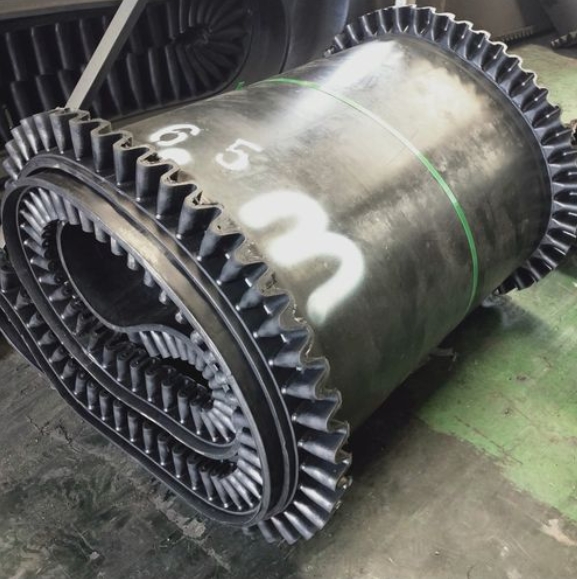
The patterns of patterned conveyor belts include grass conveyor belts, diamond conveyor belts, straight stripe conveyor belts and many other patterns. Customers can make reasonable choices based on their own product conditions. Qingchuan also supports the customization of special patterns, but the cost is relatively high. It is recommended that customers communicate in detail before making a choice.
